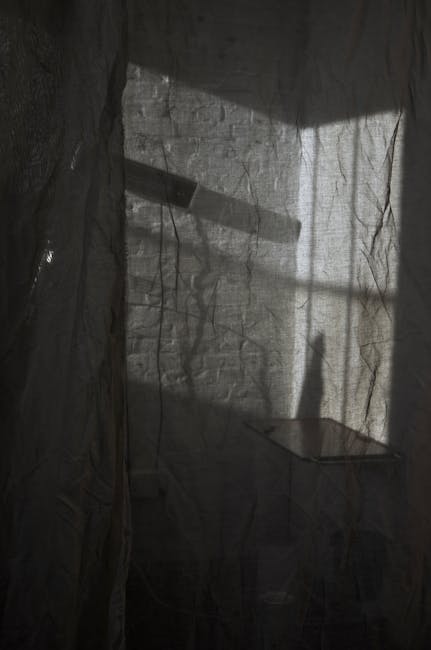The Role of Lighting in Defining Space and Mood in a Minimal Modern Home
Introduction
Minimal modern home design prioritizes simplicity, clean lines, and functionality. In such spaces, where clutter is minimized and form follows function, lighting plays a pivotal role in not only illuminating the area but also defining its character and influencing the mood. Strategic lighting can transform a stark, minimalist space into a warm, inviting, and sophisticated home.
The Multifaceted Role of Lighting
Defining Spatial Boundaries
In minimal modern homes, open-plan living is common. Lighting can subtly delineate different areas within these open spaces, creating a sense of separation without the need for physical barriers.
- Zoning with Light: Different types of lighting can define different zones. For example, recessed spotlights might illuminate a kitchen area, while a pendant light hangs above a dining table.
- Accent Lighting: Strategically placed accent lights can highlight architectural features or artwork, drawing the eye and creating focal points that define spatial boundaries.
- Layered Lighting: Combining ambient, task, and accent lighting helps create depth and dimension, subtly defining the function of each area.
Setting the Mood and Atmosphere
Lighting profoundly affects our emotional state. In a minimal modern home, where color palettes are often neutral, lighting becomes even more crucial for setting the desired mood.
- Warm vs. Cool Light: Warm-toned lighting (2700K-3000K) creates a cozy and inviting atmosphere, ideal for living rooms and bedrooms. Cool-toned lighting (4000K-5000K) is more energizing and suitable for kitchens and home offices.
- Dimming Capabilities: Installing dimmers allows you to adjust the intensity of the light, creating a range of moods from bright and cheerful to soft and relaxing.
- Smart Lighting: Smart lighting systems offer even greater control, allowing you to adjust color temperature and intensity remotely, customizing the ambiance to suit your needs and the time of day.
Highlighting Architectural Features
Minimal modern homes often feature unique architectural details. Lighting can be used to showcase these features and enhance the overall design aesthetic.
- Uplighting: Placing lights at the base of walls or columns can create a dramatic effect, highlighting their height and texture.
- Wall Washers: Wall washers provide a uniform wash of light across a wall, showcasing its surface and any artwork displayed there.
- Integrated Lighting: Incorporating lighting into architectural elements, such as niches or shelving, can create a seamless and sophisticated look.
Types of Lighting Fixtures for Minimal Modern Homes
Selecting the right fixtures is key to achieving the desired effect in a minimal modern setting.
- Recessed Lighting: Provides clean, unobtrusive ambient lighting.
- Pendant Lights: Can serve as focal points above dining tables or kitchen islands. Opt for simple, geometric designs.
- Track Lighting: Offers flexibility in directing light where it’s needed.
- Floor Lamps: Add warmth and ambiance, especially in living rooms and bedrooms. Choose minimalist designs with clean lines.
- Table Lamps: Ideal for bedside tables or desks, providing focused task lighting.
- LED Strip Lighting: Versatile for accent lighting, under-cabinet lighting, or creating a subtle glow around architectural features.
Conclusion
In a minimal modern home, lighting is more than just a functional necessity; it’s a crucial design element that defines space, sets the mood, and highlights architectural details. By carefully considering the type, placement, and intensity of lighting, you can transform a simple, minimalist space into a stylish, inviting, and functional home that reflects your personal taste and enhances your daily life. Embrace the power of light to elevate your minimalist modern living experience.




Post Comment